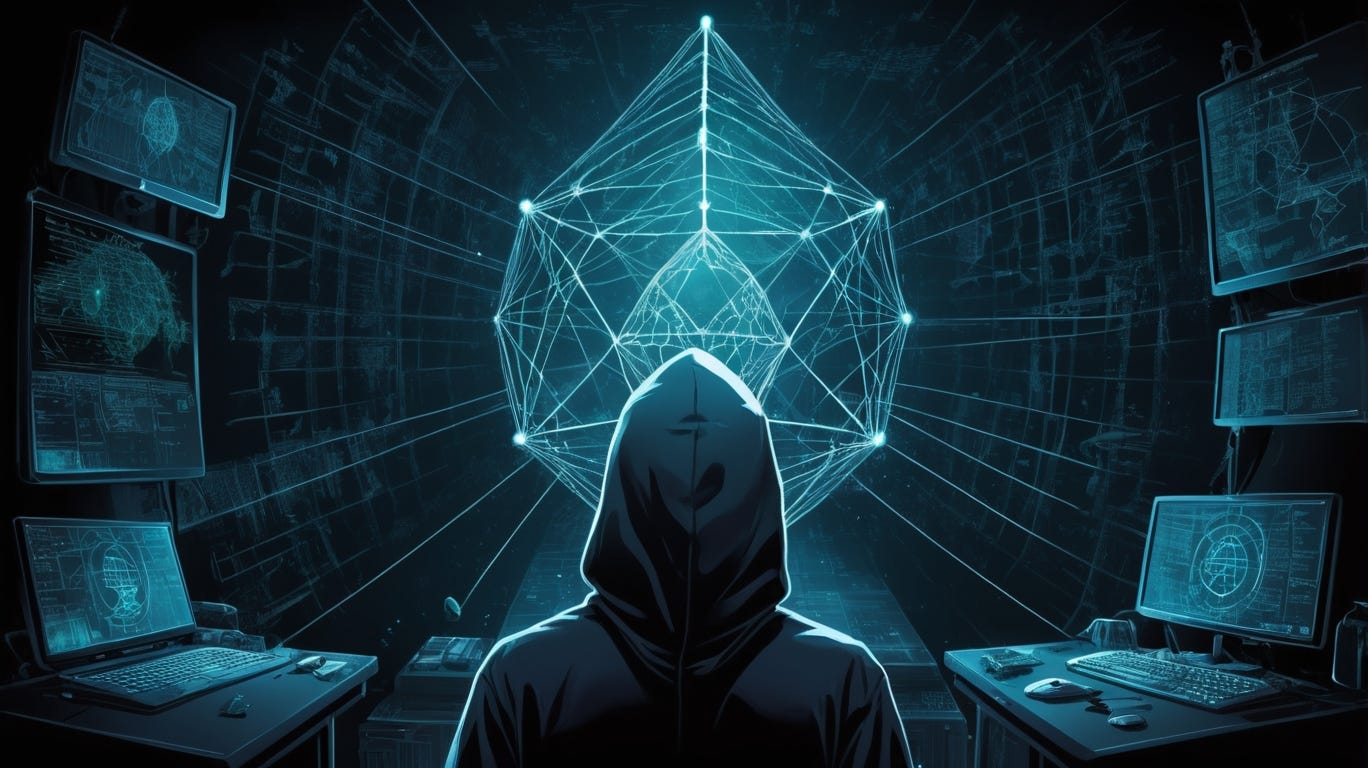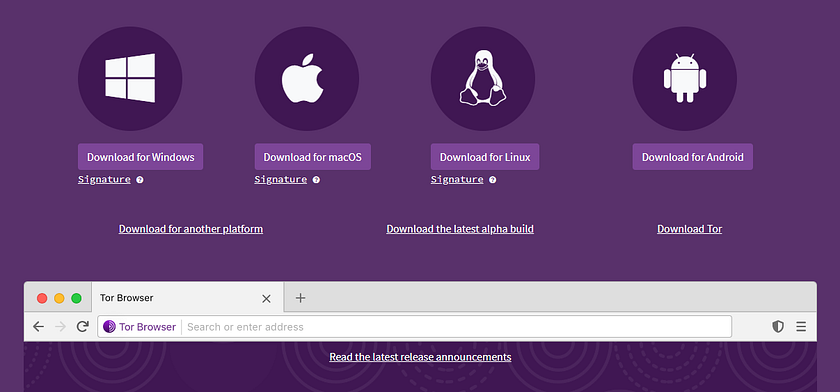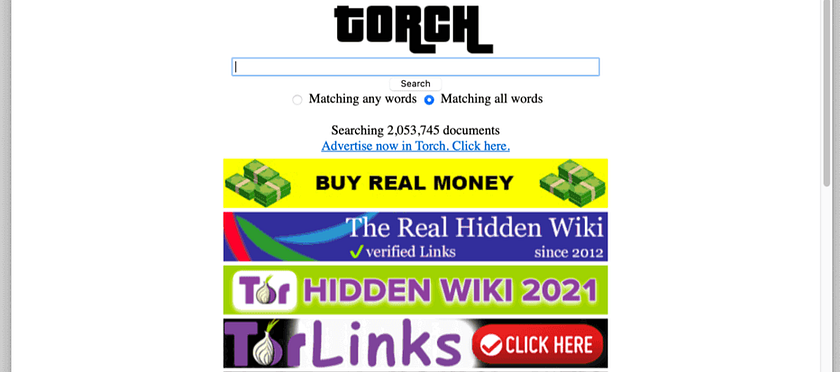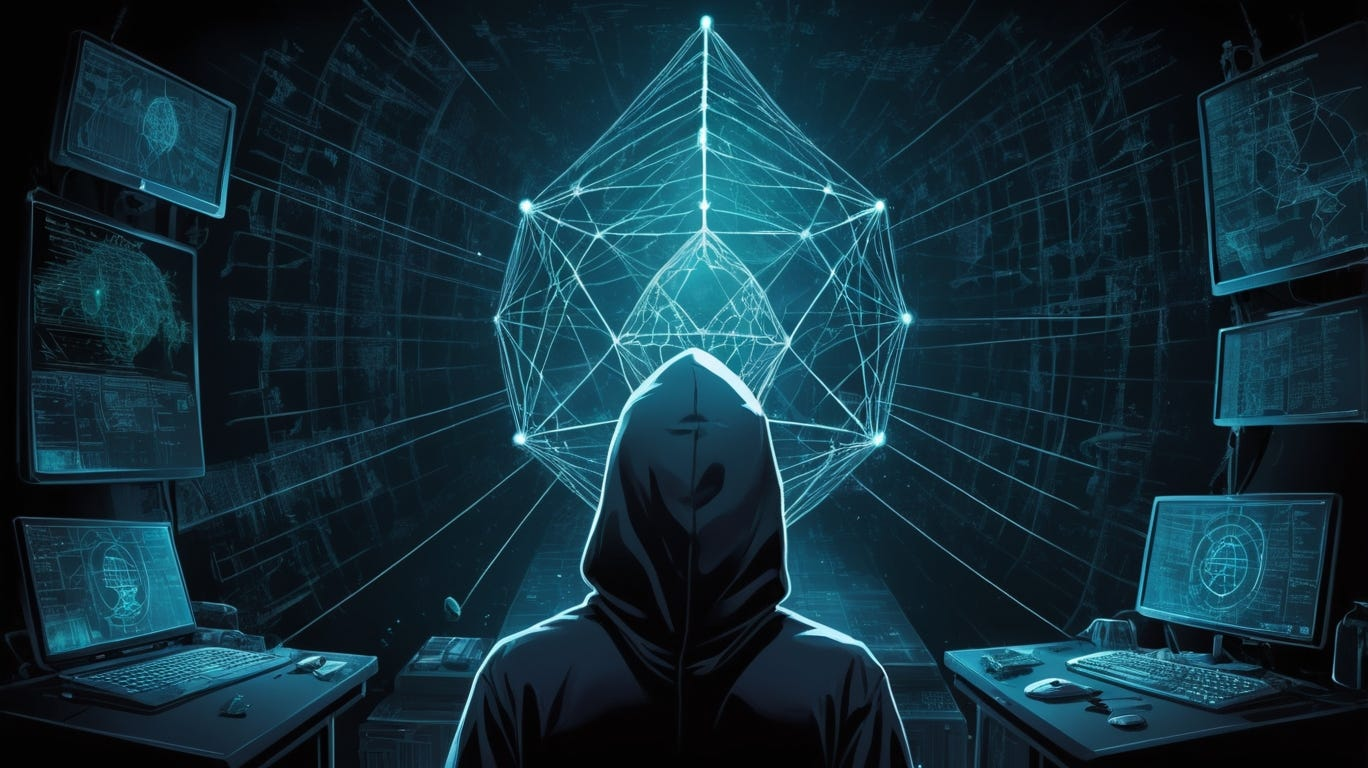“The Deep Web hides vast amounts of private data and hidden networks, but it’s also a place full of risks. In this article, you’ll learn what it is, how to access it, and what lies in its hidden corners.”

When Did It Surge?
The origins of the Deep Web trace back to the late 20th century, when the internet began its rise. As the digital age unfolded, the need for secure communication grew. Then, in 2002, a new tool emerged from the depths of this evolving landscape: the Tor network. Initially designed for military use, Tor provided a veil of anonymity that allowed users to slip through the cracks of the online world, escaping the watchful gaze of those who monitored their movements.
With Tor’s inception, the Deep Web began to thrive, attracting a motley crew of users — from activists seeking refuge from oppressive regimes to curious souls drawn to the whispers of dark marketplaces and illicit forums. As the network expanded, so did the tales of its hidden corners, where the line between the legitimate and the sinister blurred.
As curiosity mounted, many ventured into this uncharted territory, driven by the thrill of discovery. The Deep Web is a labyrinth where the unexpected awaits around every corner — dangerous secrets that linger just out of sight, waiting to ensnare the unwary.
“But the deeper one delves into the shadows, the more chilling the experience becomes.”
The Deep Web: A Descent into Darkness
As you descend into the depths of the internet, you encounter a chilling hierarchy — a series of levels that unveil the secrets lurking beneath the surface. Each level offers a glimpse into the hidden facets of the web, revealing a world that is both intriguing and unsettling.
At the top lies the Surface Web, a familiar landscape filled with social media and blogs, easily indexed by search engines.

But as you venture deeper, you enter the Deep Web, a realm of password-protected sites and databases, forever shrouded in obscurity. Here, information remains locked away, accessible only to those with the right keys.
Beneath this lies the Dark Web, a shadowy underbelly accessible only through special browsers like Tor. This is where the line between the ordinary and the grotesque begins to blur. Among the dark alleys of this hidden realm, urban legends swirl like fog, with tales of red rooms — mythical websites where the darkest fantasies come to life, streaming acts of torture and murder for those willing to pay for the sickening privilege. Movies like The Den and Hostel tap into these fears, presenting nightmarish scenarios where unsuspecting individuals fall prey to twisted desires hidden behind anonymous screens.
Although many experts dismiss these tales as mere folklore, the idea of such horrors lurking in the shadows continues to captivate and terrify those who dare to explore.

Deeper into the abyss lies a realm of private networks — the hidden corridors where corporations, governments, and educational institutions exchange secrets behind locked doors. The tension thickens as you contemplate the academic and medical databases concealed within, repositories of sensitive information that can save lives, reveal groundbreaking research, or even expose corruption and malpractice. Yet, this knowledge can also be weaponized, turning the innocent into targets and shattering lives with a single leak.
As you continue your descent, the haunting whispers of cybersecurity and hacking forums beckon, hinting at the dark allure of digital warfare and clandestine operations. You stumble into the chaotic world of peer-to-peer networks, where files roam free, unbound by traditional indexing, and a wild sense of freedom clashes with the foreboding dangers that linger just beneath the surface. Venturing deeper into the shadows, you encounter Operation Disruptor — encrypted platforms that promise anonymity but often conceal sinister truths.

At the heart of the Dark Web pulsates a world of illicit marketplaces, where everything from drugs to weapons is just a click away. Transactions unfold in the shadows, cloaked in anonymity, reflecting a side of humanity that thrives in darkness. In this descent, every level reveals the depths of human depravity and the potential for darkness that lies within us all.
Finally, you reach the edge of the unknown, the so called experimental and virtual spaces that blur the lines between reality and madness. Stories swirl of individuals who dared to venture into these innovative networks, only to emerge altered, their minds shattered by the strange, surreal experiences that await within. The boundaries of sanity thin in these environments, leaving those who explore them to question what is real and what is mere illusion.
“Remember, not every secret is meant to be uncovered, and not every path leads back to the light.”
11 Levels
Level 1: Surface Web — Content indexed by search engines (e.g., social media, blogs).
Level 2: Surface Deep Web — Password-protected sites and databases not indexed by search engines.
Level 3: Dark Web — Anonymized websites accessible via special browsers like Tor.
Level 4: Private Networks — Internal corporate, governmental, or educational networks.
Level 5: Academic and Medical Databases — Scholarly articles and sensitive health information.
Level 6: Intelligence and Government Databases — Classified or sensitive data maintained by government agencies.
Level 7: Cybersecurity and Hacking Forums — Discussions and resources related to cybersecurity and hacking practices.
Level 8: Peer-to-Peer Networks — Decentralized platforms for sharing files and content outside traditional web indexing. Level 9: Cryptographic and Secure Communication Services — Encrypted messaging and file-sharing platforms.
Level 10: Illicit Marketplaces — Dark web markets for illegal goods and services.
Level 11: Experimental and Virtual Spaces — Innovative networks and augmented/virtual reality environments not connected to the broader internet.
How to Access the Deep Web
Before we continue, it’s important to clarify that Level 2 of the Deep Web is not accessible through standard web browsers. This layer contains the information that resides behind the Level 1, including all your data stored in the cloud, various programs, university sensitive information and other. Because of that we are jumping into the Level 3, where access is granted through a specialized browser called Tor.

The Tor Browser doesn’t function like a regular browser, so simply typing in what you want to find won’t yield results. Instead, it operates using .onion links, which are specific to the Tor network. To navigate effectively, you can access directories or “Search engines”, which are websites that provide lists of .onion links. These resources help guide your exploration of the Dark Web, allowing you to find the sites you want to visit.

- Ahmia: Access it at Ahmia. This search engine indexes .onion sites and provides a user-friendly interface for searching various categories of content.
- Haystak: Visit Haystak for a comprehensive search engine specifically designed for the Dark Web. It offers an extensive database of indexed sites.
- Torch: Check out Torch for a simple interface that allows you to search through various .onion sites.
- The Hidden Wiki: Explore The Hidden Wiki to find lists of links categorized by topic, making it easier to navigate the vast expanse of the Dark Web.
In Closing
The deeper we delve into the hidden layers of the internet, the more challenging it becomes to access the lower levels. A significant amount of computational power and coding knowledge is often required, creating barriers to entry for many. This complexity raises questions about the trustworthiness of the information found within these depths, turning this virtual space into a breeding ground for stories and conspiracies.
The fact that everyday users can access the Dark Web through browsers like Tor adds to its allure, making the experience even more intriguing. However, for those wondering about the dangers of exploring this realm, my experience suggests it can be relatively safe as long as you don’t engage with anything. Simply browsing the links provided by search engines without clicking too deeply into nested links can help you avoid potential risks.

Leave a Reply